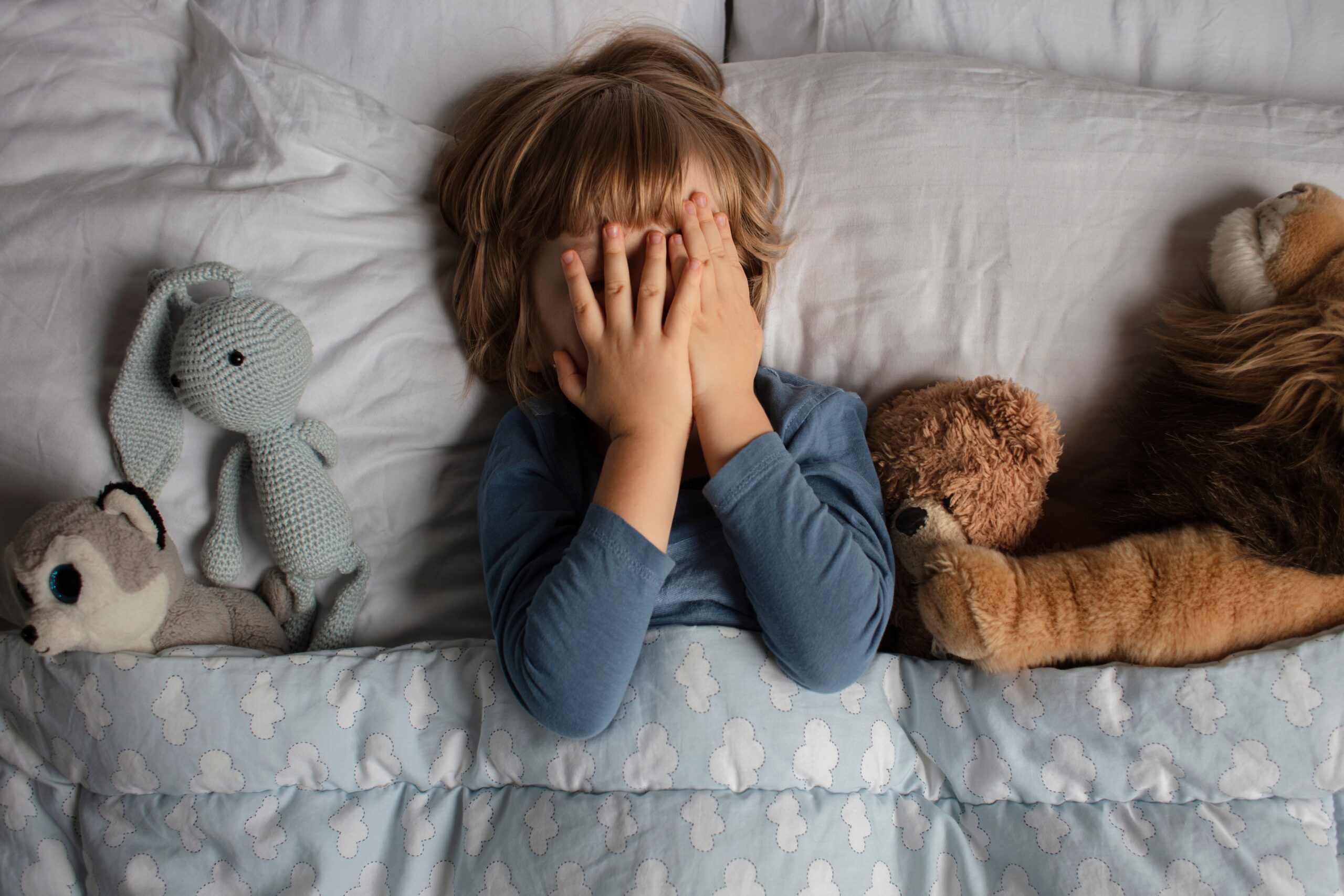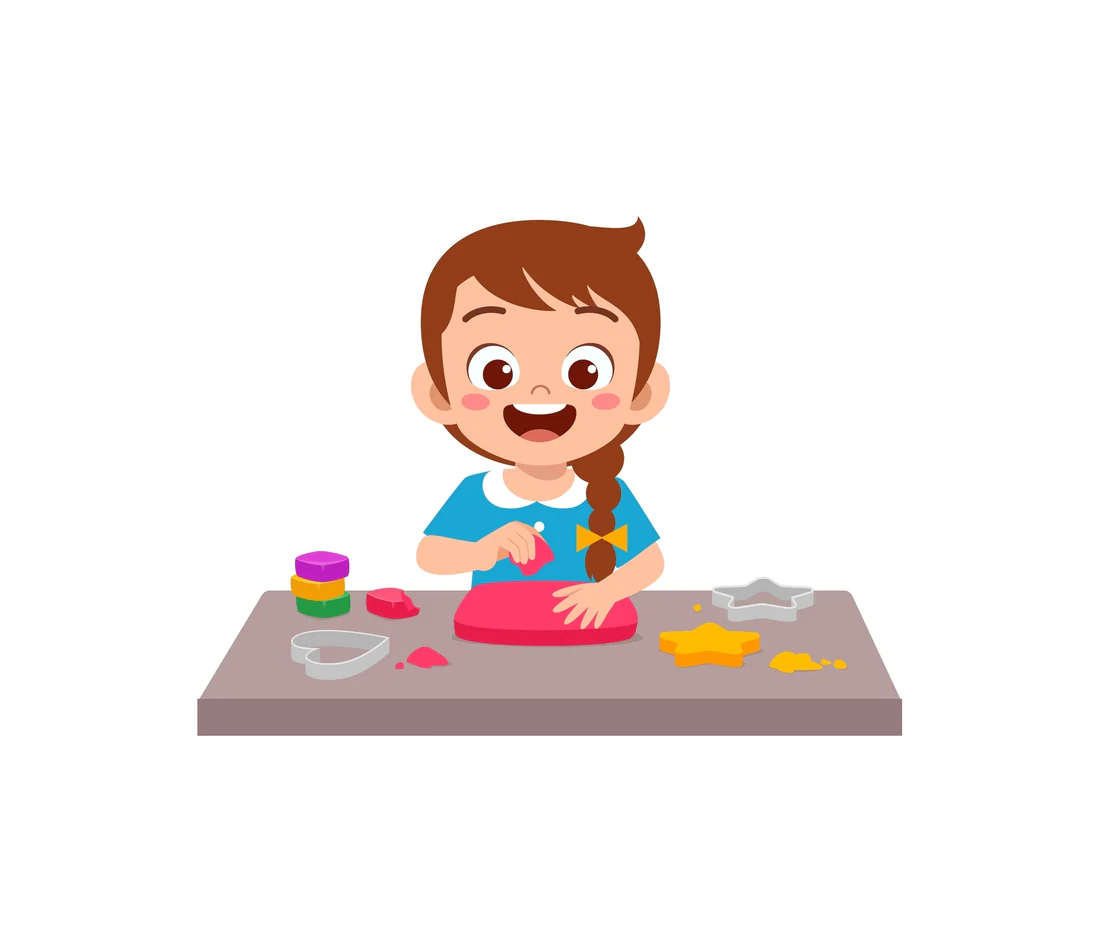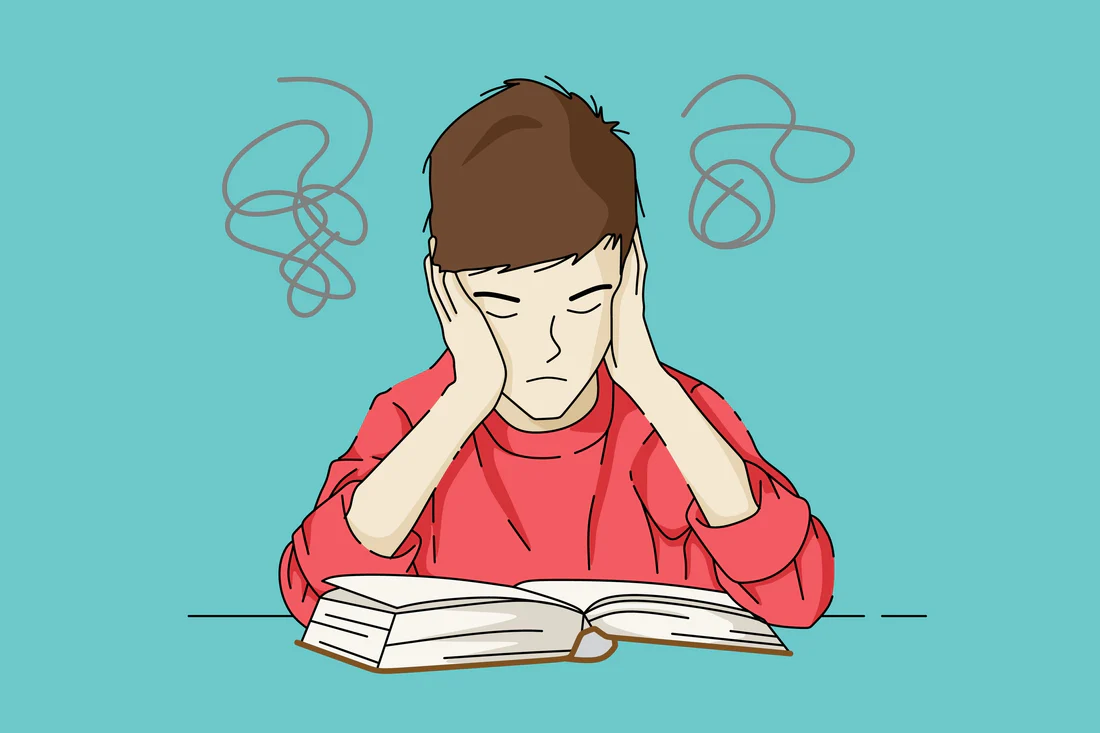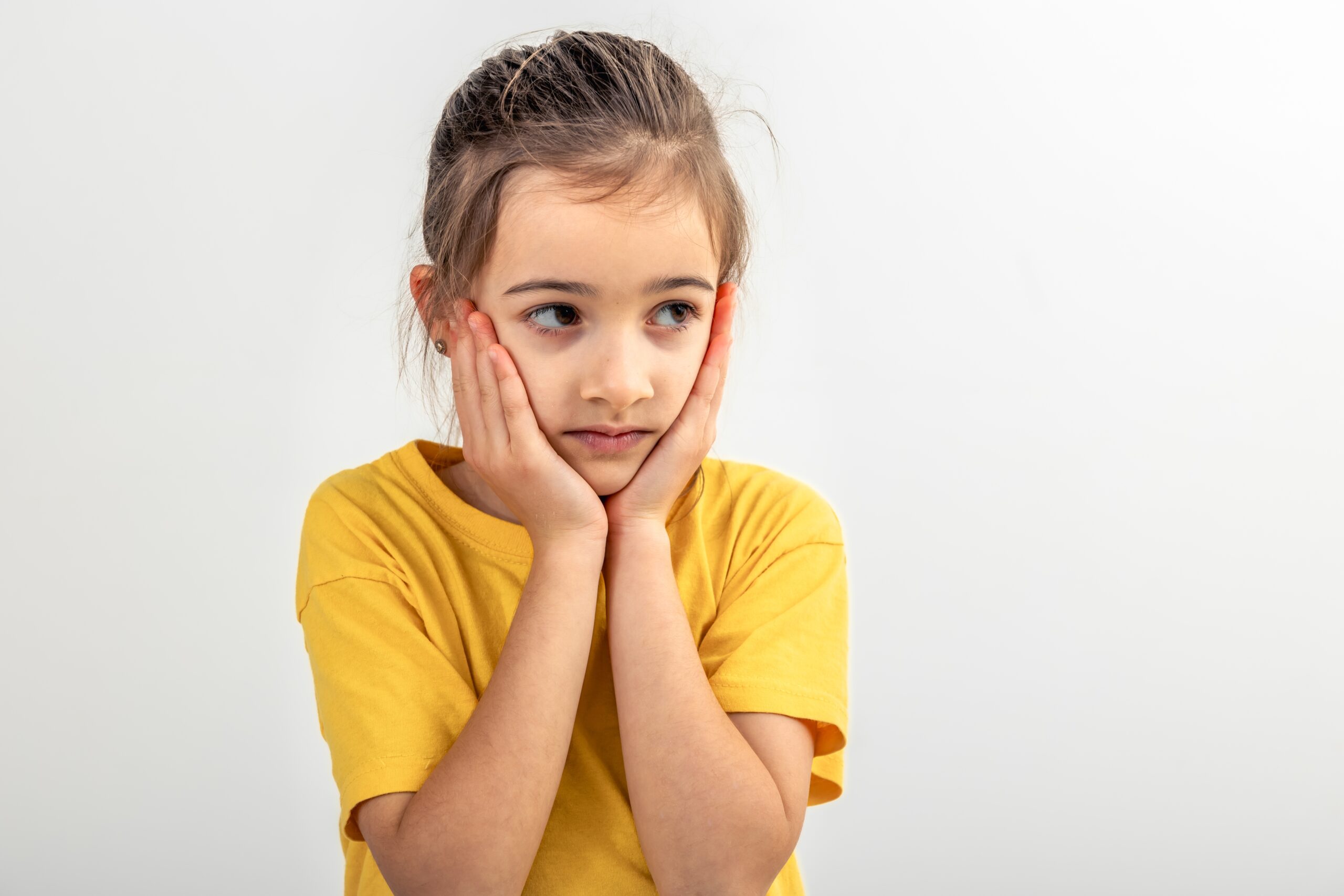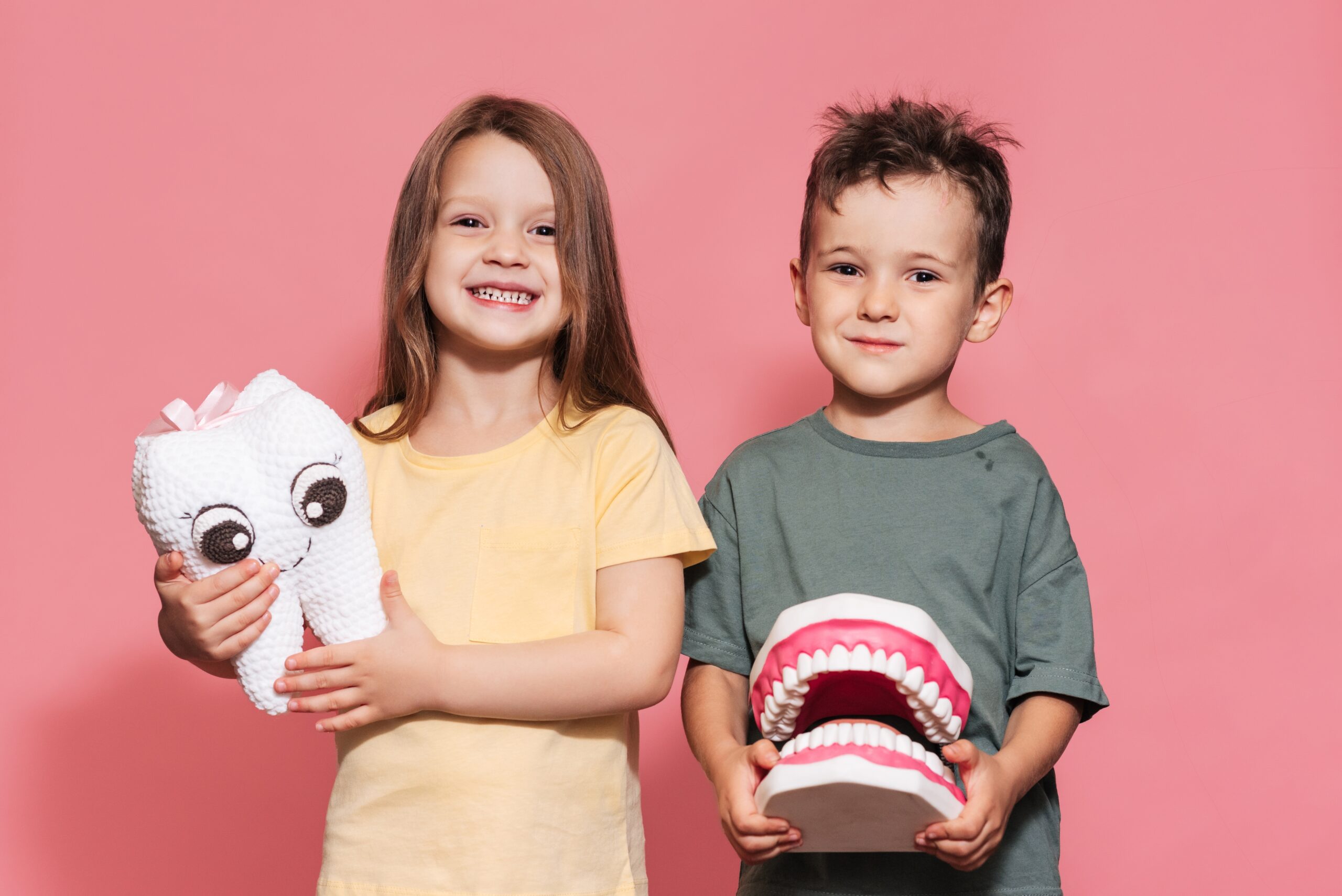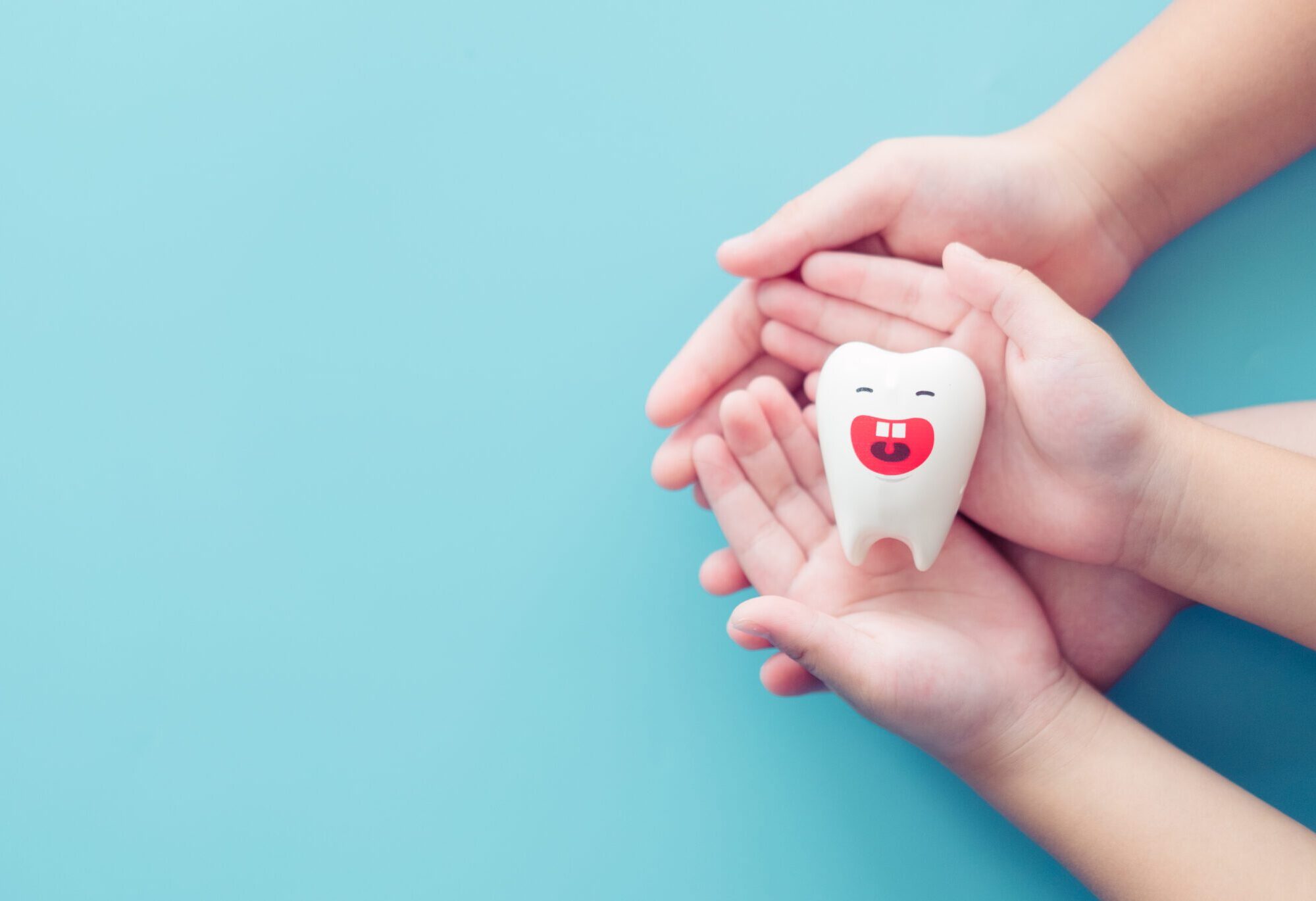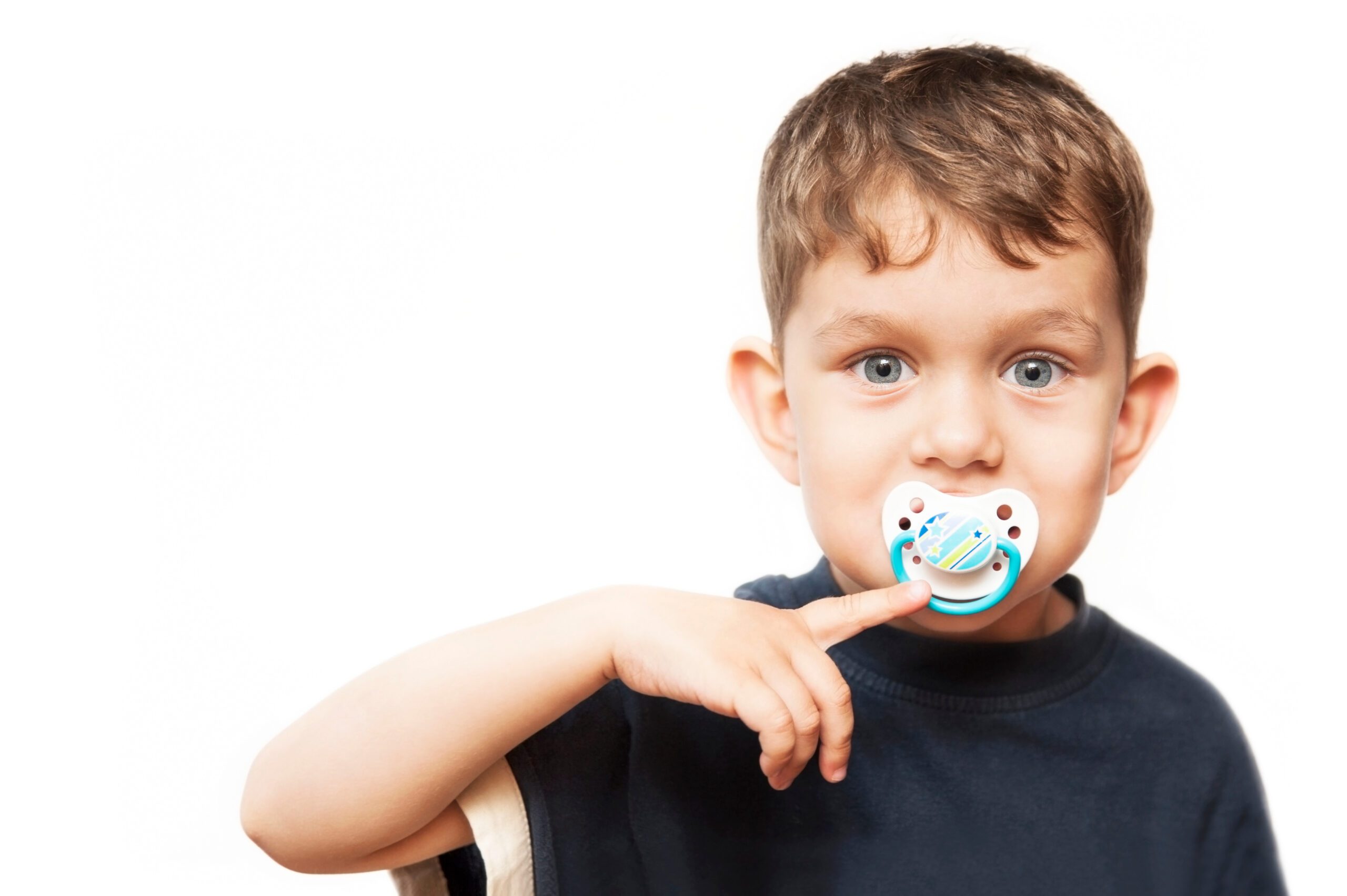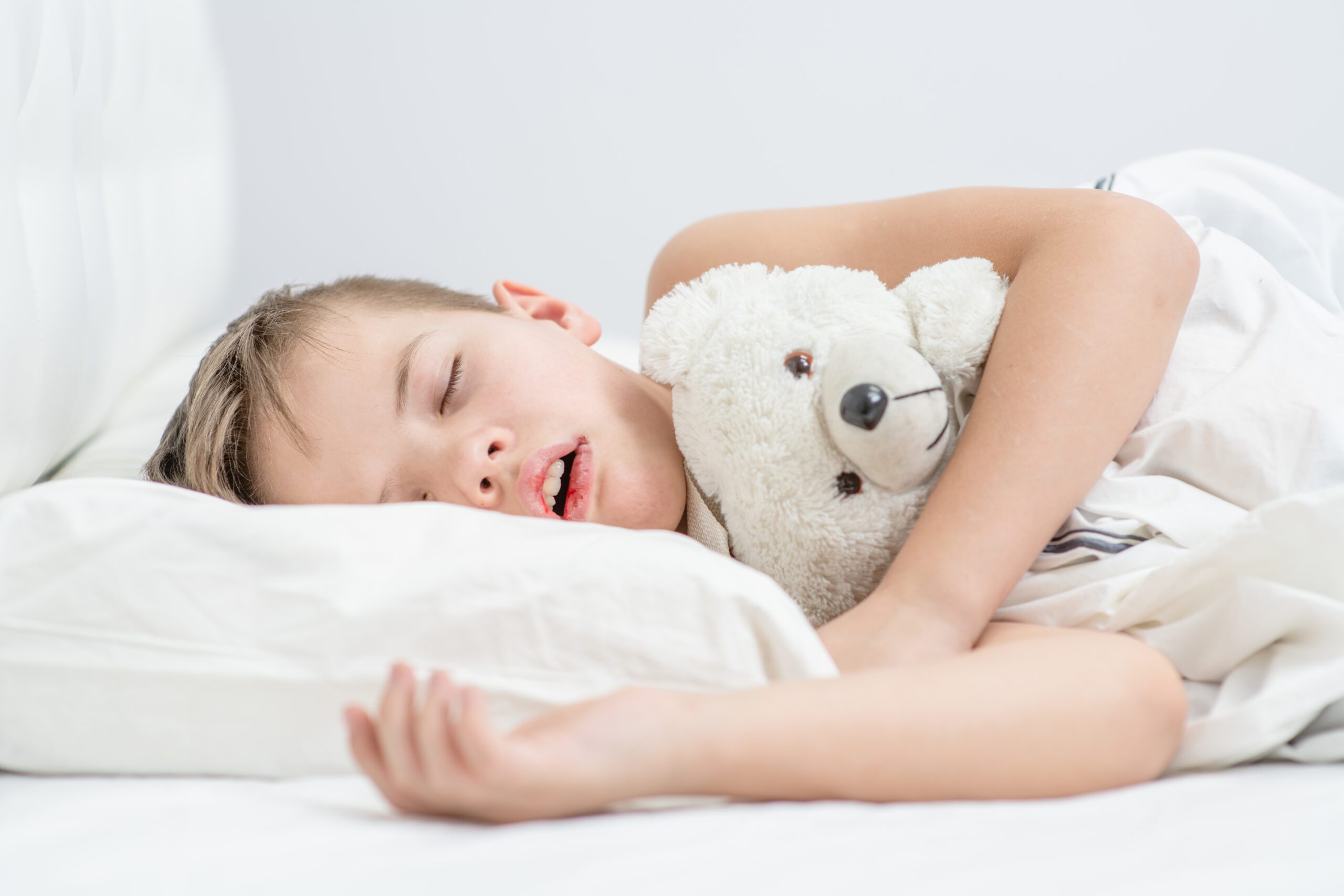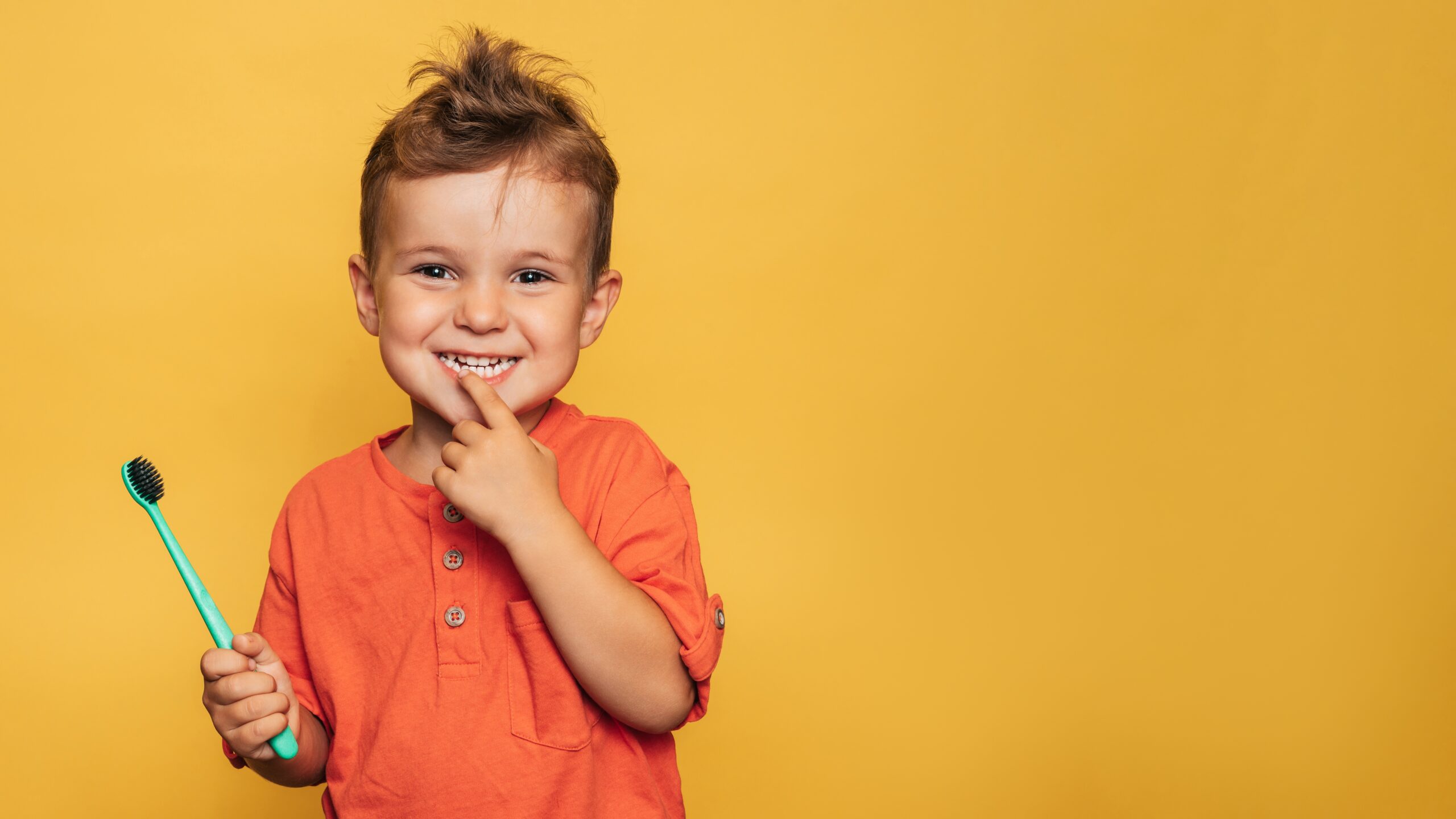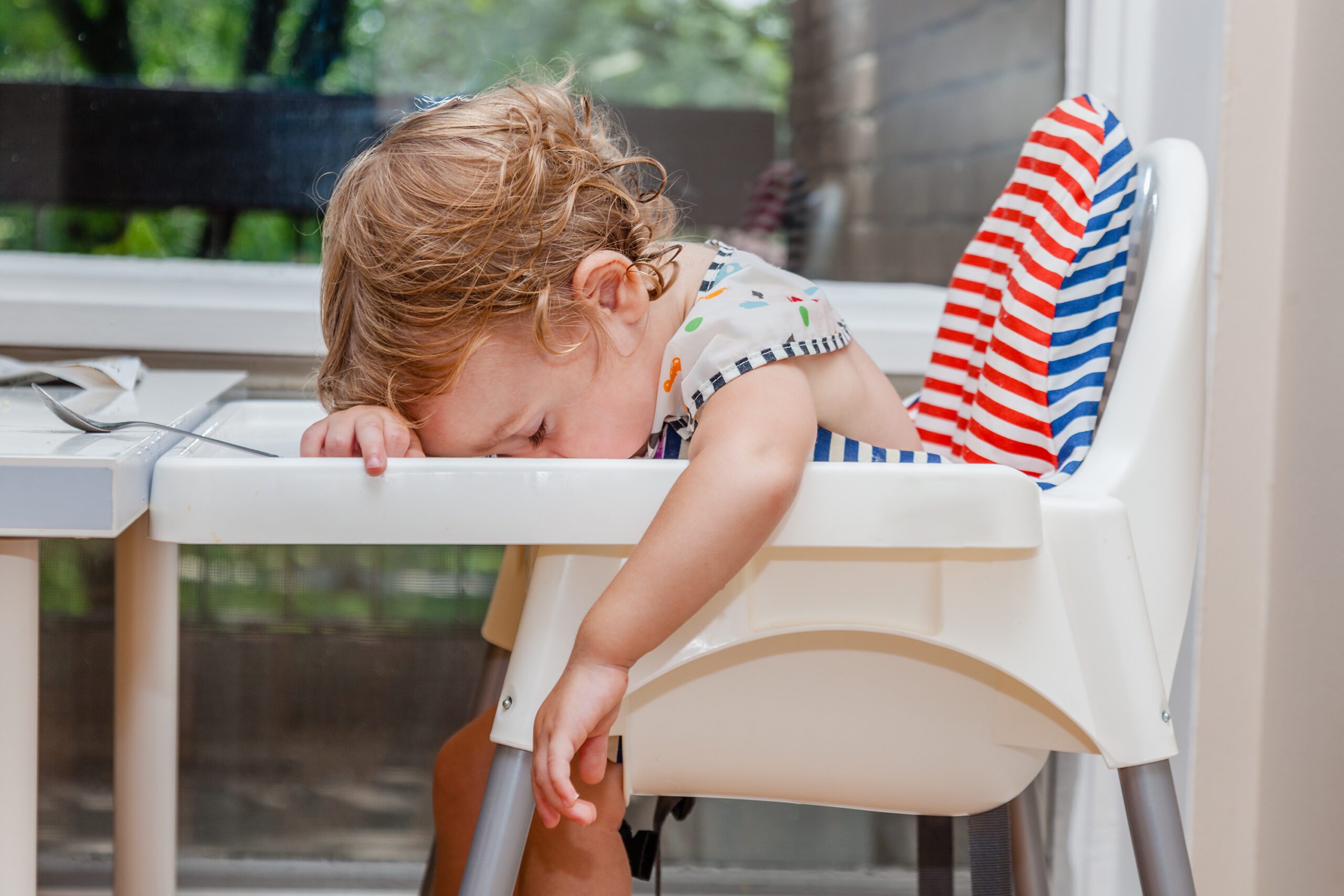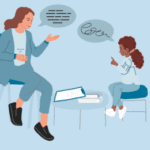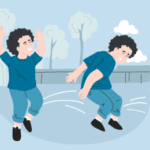
Blog
My child has a problem with loud noises. Any recommendations?
July 11, 2024
My child has a problem with loud noises. Any recommendations?
Overcoming Noise Sensitivity in Children: A Complete Guide for Parents
Noise sensitivity in children is a common yet often misunderstood issue that can lead to significant stress for both the child and their parents. Whether it’s the sound of thunder, a vacuum cleaner, or even a dog barking, some children find loud noises particularly distressing. The good news is that there are various strategies parents can employ to help their child cope with noise sensitivity and lead a more comfortable, less anxious life. In this comprehensive guide, we will explore the causes of noise sensitivity, its impact on children, and step-by-step methods for managing and reducing their auditory distress.
Understanding Noise Sensitivity in Children
Noise sensitivity, also referred to as hyperacusis, is a heightened sensitivity to sounds. The condition can vary in severity, with some children being mildly affected, while others are profoundly distressed by relatively quiet sounds. It’s important to understand the difference between noise sensitivity as a symptom of an existing condition and noise sensitivity as a stand-alone disorder.
What Causes Noise Sensitivity in Children?
The cause of noise sensitivity can often be linked to other conditions, such as autism spectrum disorders, sensory processing disorders, anxiety, or even an ear infection. For some children, the sensitivity can be a standalone issue, possibly associated with genetic predisposition or early childhood experiences.
The Impact of Noise Sensitivity
Children who struggle with noise sensitivity may exhibit a range of symptoms, from covering their ears and crying to an outburst of emotions, panic attacks, and avoiding social situations. These reactions can significantly influence daily life, from simple tasks like vacuuming to larger events like birthday parties or school assemblies.
Recognizing the Signs of Noise Sensitivity
Knowing the signs your child is struggling with noise sensitivity is crucial to providing the right support. Familiarize yourself with these common indicators:
Physical Reactions
Children with noise sensitivity may exhibit physical responses such as tensing up, covering their ears, or even experiencing headaches or dizziness from intense sound.
Emotional and Behavioral Responses
Observe for signs of emotional distress or changes in their behavior. This may include becoming irritable, displaying anger, or even expressing fear or wanting to escape a situation where loud noise occurs.
Impact on Daily Life
When loud noises prevent your child from participating in normal activities or affect their ability to learn and thrive in school, the issue goes beyond a simple dislike for noise and may require intervention.
Managing Noise Sensitivity at Home
There are several proactive steps parents can take to create a more comfortable home environment for children with noise sensitivity.
Create Safe Spaces
Designate certain areas of the home as “quiet zones” where your child can escape from loud noises. Outfit these areas with soft, sound-absorbing materials like rugs and curtains.
Gradual Exposure Therapy
Similar to exposure therapy used to treat phobias, gradually exposing your child to slightly louder noises over time can help desensitize them. Start with a sound they are comfortable with and slowly increase the volume as they become more tolerant.
Maintain a Calm Home Environment
Consistency is key. A home that is as calm and predictable as possible can alleviate anxiety for children who are sensitive to noise. Establish routines and bedtime rituals that help them feel secure.
Tools and Techniques for Coping with Noise
When creating a toolkit to help your child cope with noise sensitivity, consider these tools and techniques:
Noise-Canceling Headphones
Invest in a good pair of noise-canceling headphones. These can provide immediate relief in noisy environments or unexpected loud situations, giving your child a sense of control.
White Noise Machines
Background noise can sometimes be just as troubling as sudden loud noises. Use white noise machines to replace unsettling sounds with a consistent, soothing audio backdrop.
Deep Breathing and Relaxation Techniques
Teach your child simple deep breathing or visualization exercises to employ when they encounter loud noises. These techniques can help manage their stress and anxiety in the moment.
Seeking Professional Support
If your child’s noise sensitivity is severe or seems to significantly impact their quality of life, it’s important to seek professional help.
Audiologist Evaluation
An audiologist can assess whether there are any auditory issues contributing to your child’s noise sensitivity. They will conduct tests to measure their hearing and response to different levels of sound.
Child Psychologist or Behavior Therapist
A specialist in child psychology or behavior therapy can work with your child to identify the root cause of their sensitivity and develop coping strategies. Therapy may involve cognitive-behavioral techniques or desensitization exercises.
Building Resilience Over Time
When it comes to noise sensitivity, resilience is key. Over time, with the right support, many children are able to manage their noise sensitivity and engage more comfortably with their surroundings.
Focus on Strengths
Encourage your child to pursue activities or interests at which they excel. A positive self-image can be a powerful buffer against the stressors of daily life, including noise sensitivity.
Reinforce Coping Strategies
Consistently practice and reinforce the coping strategies you and your child have learned. Self-efficacy—the belief in their personal ability to control events—can dramatically improve their ability to cope with noise sensitivity.
Celebrate Progress
Acknowledge and celebrate your child’s progress, no matter how small it may seem. Every step forward is a victory worth recognizing.
In conclusion, noise sensitivity in children can be challenging to manage, but with patience, understanding, and the right approaches, it is possible to help your child overcome their auditory distress. By taking a proactive approach at home, employing tools and techniques, seeking professional support, and focusing on building resilience, you can provide your child with the skills they need to thrive in a world full of sound. Remember, you are not alone in this. There is a wealth of resources and a community of parents and professionals ready to support you and your child on this journey.



































